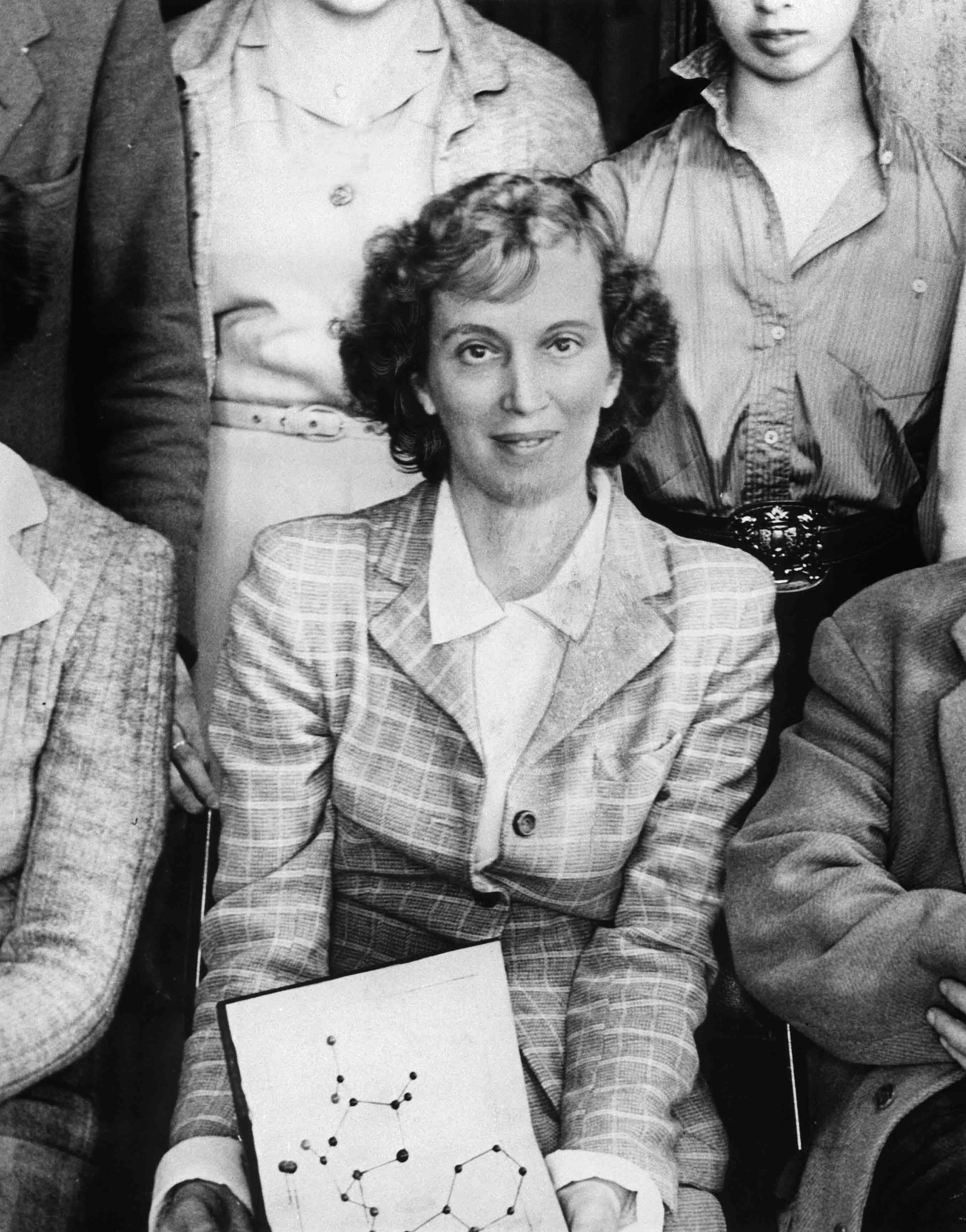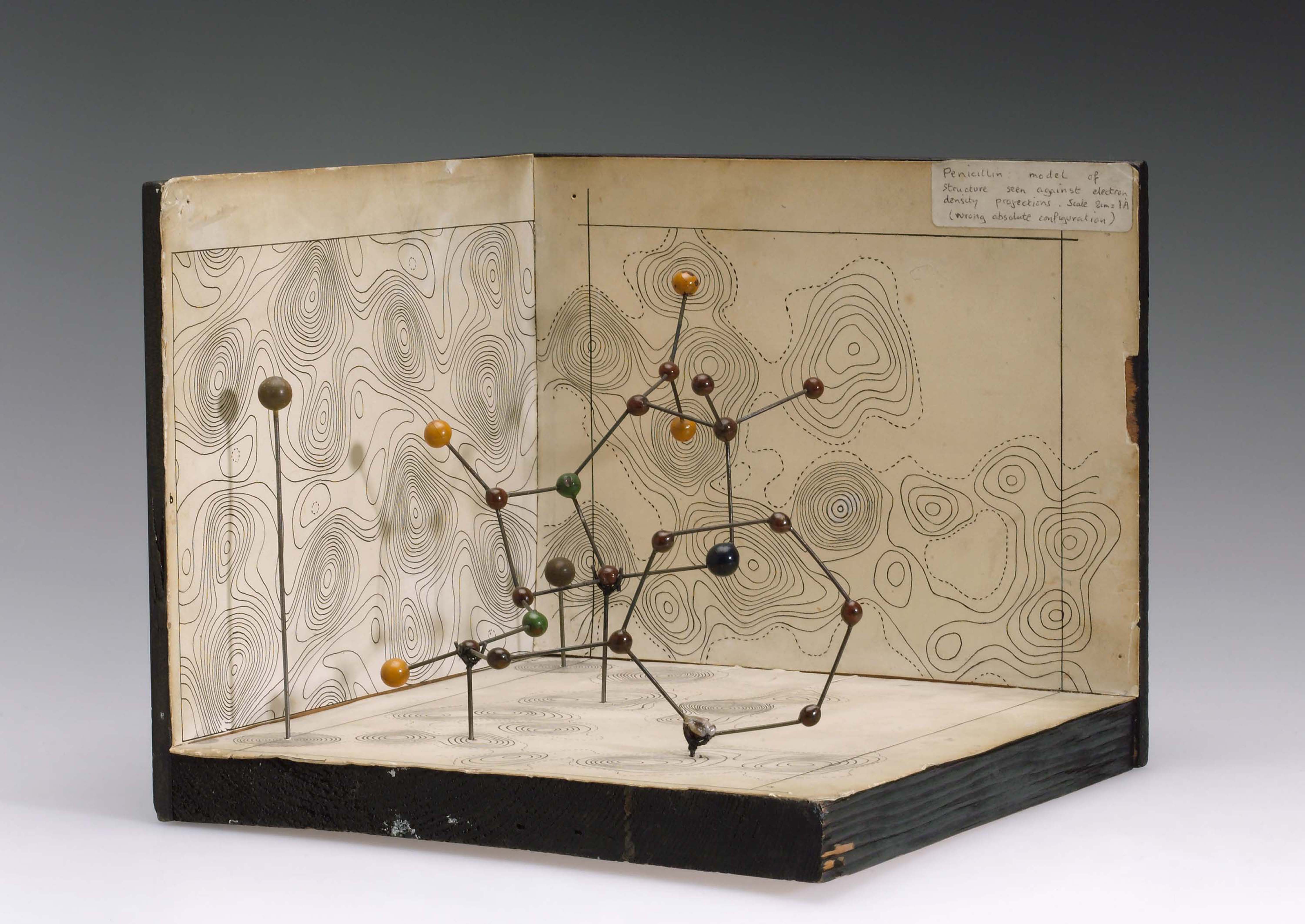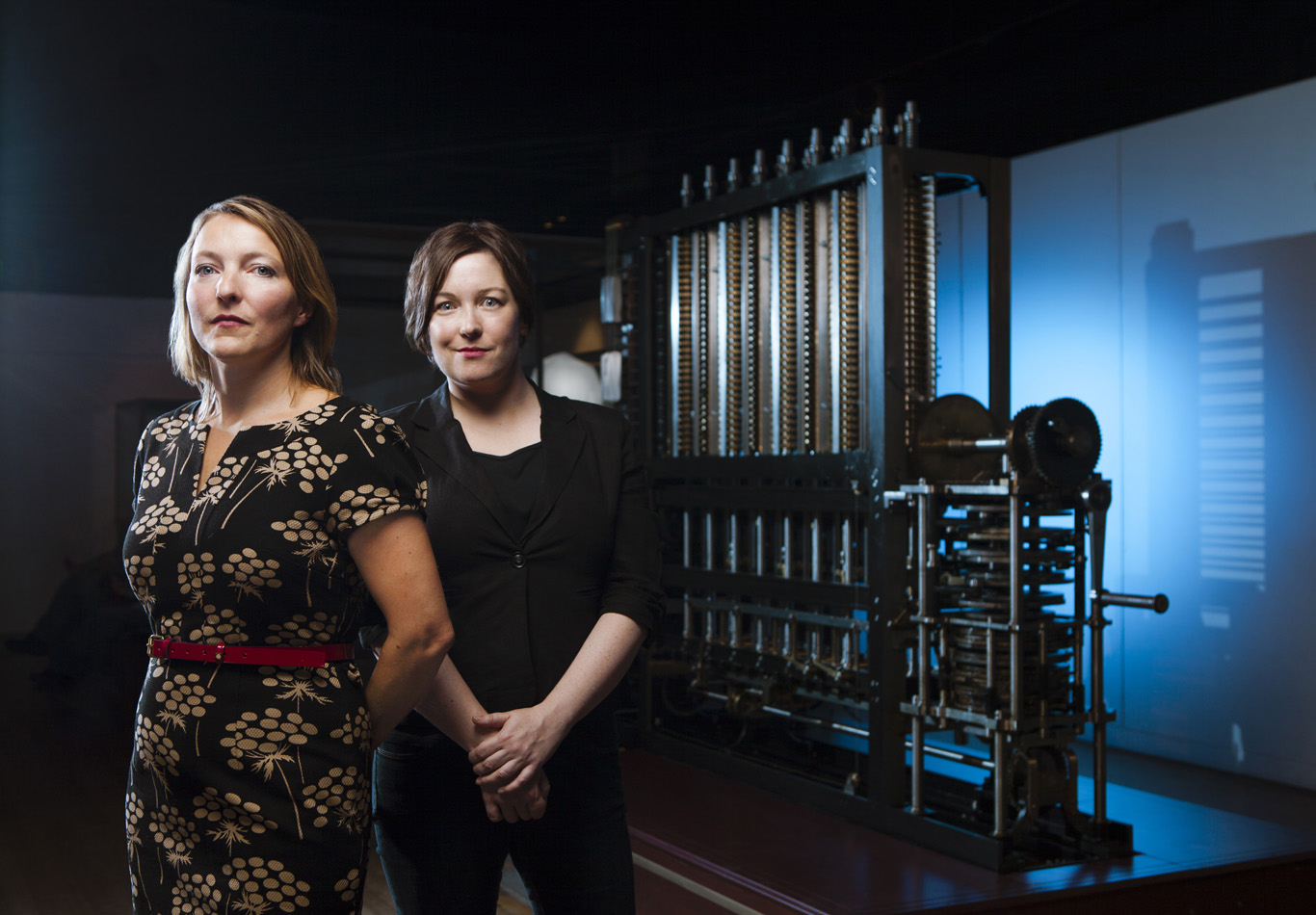
Curator Rachel Boon celebrates the work of Dorothy Hodgkin.

Curator Rachel Boon celebrates the work of Dorothy Hodgkin.

Dr Ellen Stofan, NASA’s Chief Scientist, gave the Campaign for Science and Engineering’s 24th Annual Distinguished Lecture at the Science Museum.

Ulrika Danielsson reflects on the first woman to travel into space.
By Roger Highfield, Director of External Affairs Google today celebrates the life of the Nobel-prize-winning chemist Dorothy Crowfoot Hodgkin (1910-1994) with a Doodle on its homepage. Here you can see the inspiration for the Doodle on what would have been her 104th birthday, her historic image of the three dimensional atomic structure of penicillin, which she deduced with a method called X ray crystallography. Because it was not possible to focus X rays scattered by the penicillin, Hodgkin used large […]
Katie Maggs, Curator of Medicine blogs on a rather special surgery performed at the Palace.
Tilly Blyth, Keeper of Technologies and Engineering, writes about the hidden histories of information. Information Age, a new £15.6m communication gallery, will reveal how our lives have been transformed by communication innovations over the last 200 years. Our new gallery on information and communications technologies, Information Age, will open in Autumn 2014. It will look at the development of our information networks, from the growth of the worldwide electric telegraph network in the 19th century, to the influence of mobile phones […]

The things and objects of history are important because they provide a tangible connection to the past. Seeing, or better yet holding and touching, the stuff that generations now dead made and worked with enlivens history, shucking us from the present and its endless clamour for our attention. The Hidden Structures exhibition at the Science Museum trips us into the history of X-ray crystallography with a small but intriguing display of objects from the 1940s through to the 1970s. The […]
Today we’re hosting The Giants’ Shoulders, a monthly event providing a taster of some of the best history of science the blogosphere has offered this month. News of a meteor breaking up over Russia and the close approach of an asteroid inspired many bloggers including Rupert Baker at the Royal Society Repository, Darin Hayton, Lisa Smith at the Sloane Letters Blog and Greg Good at Geocosmohistory. On the Board of Longitude Project blog, Alexi Baker surveyed how attitudes to inanimate objects […]

What do you see when you picture a scientist? Too often, it’s a man with crazy white hair. At the Science Museum this evening, ScienceGrrl is launching a calendar to change this.
The third and final installment of Miranda Bud’s blogs… The Watson and Crick discovery of the DNA double helix is an iconic image of our scientific age. It is considered the milestone of contemporary genetics and is such an integrated part of our society that saying “it’s in my DNA” is a commonly used phrase by many people. Working with Maurice Wilkins and Rosalind Franklin they unlocked the most important scientific discoveries of the 20th century. It led to countless advances, solved […]
This artice was written by Ellie West-Thomas, Research Assistant for Electronic Music Fourteen years ago the BBC Radiophonic Workshop, who created innovative music and techniques that made it one of the most significant influences on electronic music today, closed its doors for the last time. Maida Vale Studios, the home to the workshop, was a place once filled by people brimming with ideas that changed the course of Electronic Music. The Workshop was set up to satisfy the growing demand in the late 1950s […]
This article was written by Ellie West-Thomas, Research Assistant for Electronic Music. Whilst exploring the Science Museum’s Stores at Blythe House, I came across something rather unusual. Being classically trained in music and music theory I have had to write a score and use musical notations on many occasions, but I never knew that a typewriter could be used to write sheet music. The Musicgraph or Musikriter, was invented by Lily Pavey, patented in 1961 and completed in 1963. Pavey was the […]